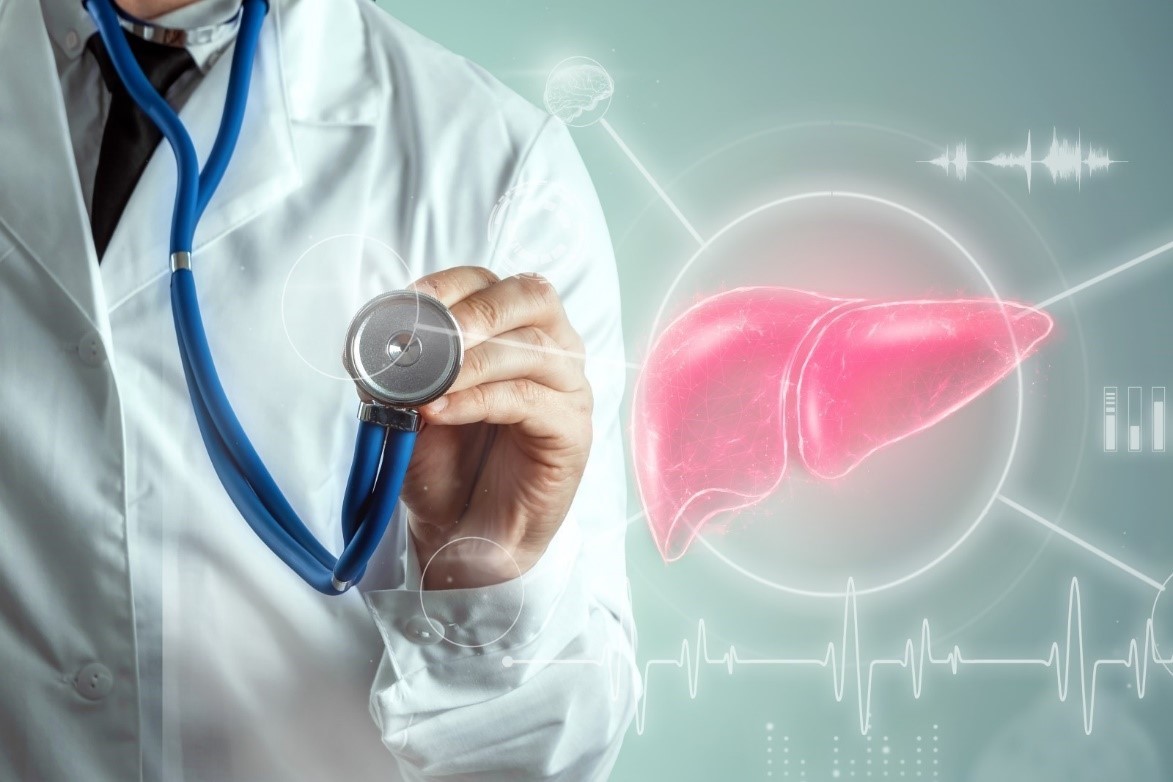Liver cirrhosis is a severe condition characterized by scarring of the liver tissue. This scarring prevents the liver's normal movement and may cause various problems. It is critical to understand the early stages, indicators, and available medicines for liver cirrhosis to treat the illness and prevent further damage.
Causes: Liver cirrhosis can be caused by a variety of disorders, including chronic alcoholism, susceptible to hepatitis, non-alcoholic fatty liver disease (NAFLD), viral hepatitis (including hepatitis B and C), and a few intrinsic abnormalities. Long-term exposure to these risk factors may cause the liver tissue to debilitate gradually and form scar tissue.
Aftereffects: No secondary effects may be apparent in the early stages of liver cirrhosis. Regardless, as the condition breaks down, people may show Symptoms and side effects, including weakness, nausea, weight loss, jaundice (yellowing of the skin and eyes), stomach discomfort, swelling in the legs or abdomen from fluid retention, and simple swelling or chewing the dust.
Treatment: Liver cirrhosis treatment aims to reduce symptoms, improve individual fulfilment, and slow the disease's progression. It is vital to make a lifestyle adjustment, such as giving up alcohol, eating a healthy diet, and engaging in continuous physical activity. Drugs such as beta-blockers may be recommended to address secondary symptoms or effects. This includes drinking alcohol with or without restriction, receiving hepatitis B vaccination, practicing safe sex to prevent the spread of hepatitis B & C, keeping a strong burden through diet and exercise to prevent non-alcoholic oily liver disease (NAFLD), and abstaining from illegal drug use.
In advanced cases where the liver function deteriorates significantly or complications arise, liver transplantation may be the only viable option. This procedure involves replacing the damaged/scarred liver with a healthy liver from a donor.
In general, liver cirrhosis is a dangerous ailment that, if left untreated, can have a negative impact on a person's well-being. Addressing the underlying causes, adopting a healthy lifestyle, and following medical advice can help individuals with cirrhosis to improve their quality of life and reduce the risk of complications.




